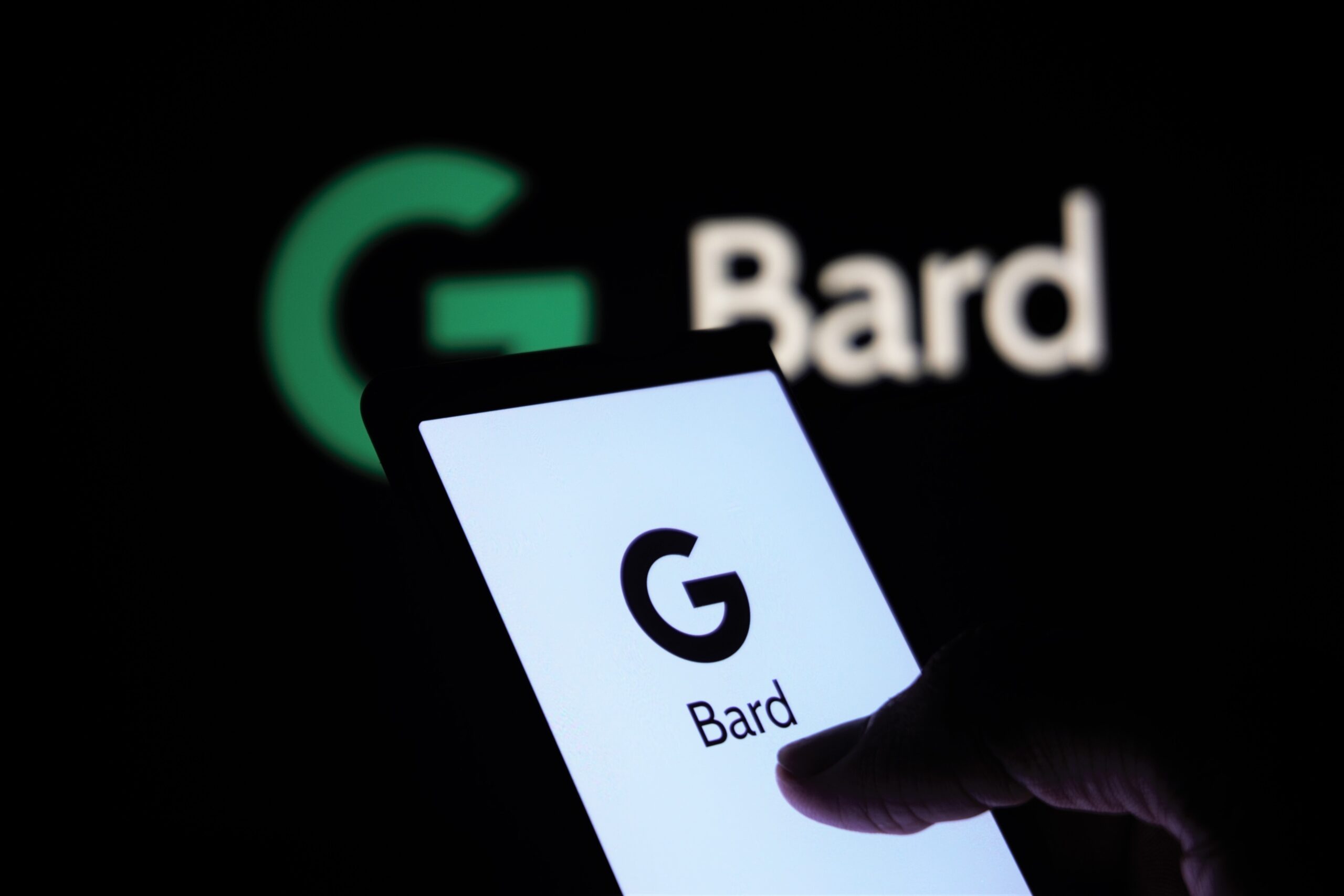
In today’s fast-paced digital world, technology has become an integral part of our lives. From ordering groceries to connecting with friends, we rely on various digital platforms to simplify our daily tasks. The field of education is no exception to this trend, as innovative technologies continue to transform the way we learn and teach. One such groundbreaking advancement is the use of Chat GPT for education, which is revolutionizing the learning experience through conversational AI.
The Rise of Chat GPT
Chat GPT, or Chat Generative Pre-trained Transformer, is an AI model developed by OpenAI. It is designed to generate human-like responses to text inputs, making it an ideal tool for conversational applications. While Chat GPT has gained popularity in various domains, its potential in education is particularly exciting.
Traditional online learning platforms often lack the personal touch and interactivity of a classroom setting. Students may find it challenging to engage with the material or seek clarification on complex topics. This is where Chat GPT comes in, providing a dynamic and interactive learning experience.
Enhancing Learning through Conversational AI
With Chat GPT, students can engage in natural language conversations with the AI model. They can ask questions, seek explanations, and receive personalized responses in real-time. This conversational approach to learning helps students grasp concepts more effectively and promotes active participation.
Imagine a student struggling with a math problem. Instead of searching through textbooks or waiting for the next class, they can simply type their question into the Chat GPT interface. The AI model will understand the query and provide step-by-step explanations, helping the student understand the underlying principles.
Furthermore, Chat GPT can adapt to individual learning styles and pace. It can tailor its responses based on the student’s progress, providing additional examples or practice exercises when necessary. This personalized learning experience fosters a deeper understanding of the subject matter and boosts student confidence.
Supporting Teachers and Facilitators
Chat GPT is not just beneficial for students; it also supports teachers and facilitators in their instructional roles. Educators can leverage Chat GPT to create interactive lesson plans, quizzes, and simulations. They can design conversational scenarios that challenge students to apply their knowledge and think critically.
Additionally, Chat GPT can provide valuable insights into student performance and learning patterns. By analyzing the conversations, teachers can identify areas where students struggle the most and tailor their teaching strategies accordingly. This data-driven approach empowers educators to address individual needs and provide targeted support.
Addressing Concerns and Limitations
While the potential of Chat GPT for education is immense, it is important to address concerns and limitations. As an AI model, Chat GPT may not always provide accurate or comprehensive answers. It is essential to ensure that students understand the limitations of the technology and use it as a supplementary learning tool rather than a replacement for human instruction.
Privacy and data security are also crucial considerations when implementing Chat GPT in educational settings. It is vital to establish strict protocols and safeguards to protect sensitive student information and ensure ethical usage of the technology.
The Future of Education with Chat GPT
As technology continues to evolve, Chat GPT holds great promise for the future of education. Its ability to provide personalized, interactive, and accessible learning experiences can bridge gaps in traditional education systems and empower students worldwide.
However, it is important to strike a balance between the benefits of AI and the value of human interaction in education. Chat GPT should complement, not replace, the role of teachers and facilitators. By combining the strengths of AI and human instruction, we can create a truly transformative and inclusive learning environment.
In Conclusion
Chat GPT for education is revolutionizing the way we learn and teach. Through conversational AI, students can engage in interactive conversations, receive personalized explanations, and enhance their understanding of complex topics. This technology also supports teachers in creating interactive lessons and analyzing student performance. While there are concerns and limitations, a thoughtful and ethical implementation of Chat GPT can pave the way for a brighter future in education.












